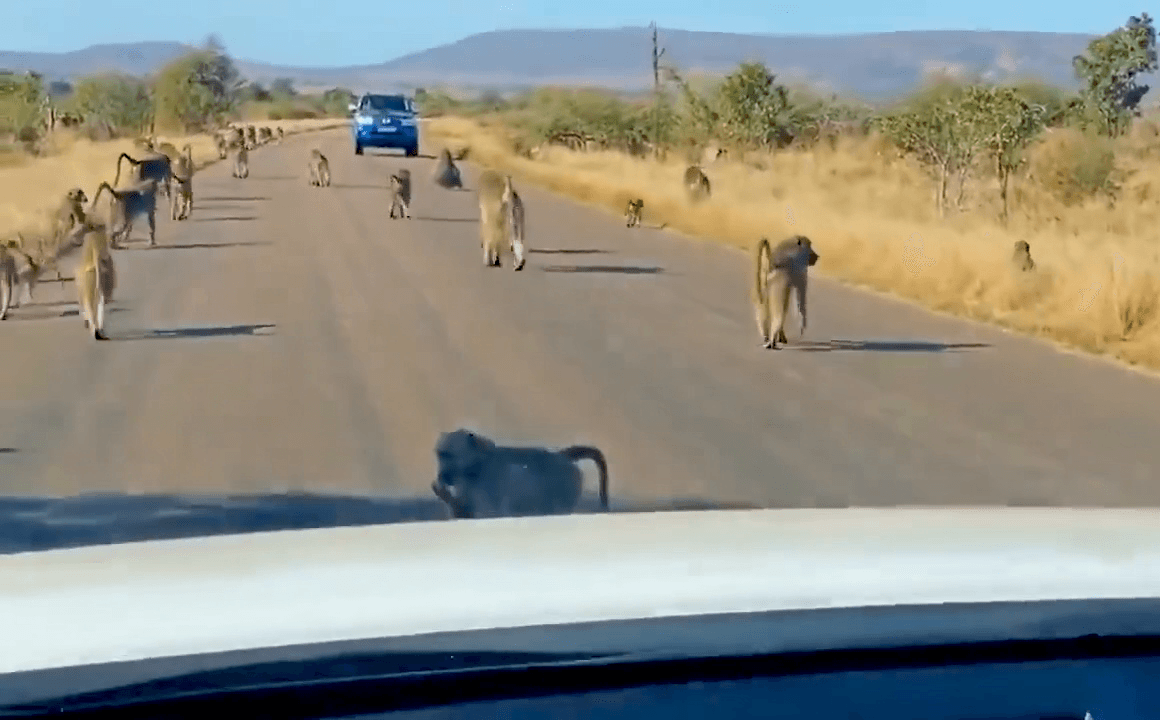
Beretta SO5 Shotgun Review: Modifications, Caliber options, Price, pros and cons. 🔹 Article Summary • Introduction to the Beretta SO5 • Model variants and modifications • Mechanical systems and craftsmanship • Caliber options and barrel lengths • Technical specifications • Price range and market value • Effective shooting range • Hunting and sport suitability • User reviews: pros and cons • Choke systems and compatibility • Final verdict --- ⛓️💥 Introduction: What Is the Beretta SO5? The Beretta SO5 is a premium over-and-under sidelock shotgun, handcrafted by Beretta’s master gunsmiths in Italy. Designed for elite competition and refined hunting, the SO5 has earned its reputation through Olympic victories and international acclaim. It’s not just a firearm—it’s a work of art built for performance. --- 🛠️ Modifications and Model Variants The Beretta SO5 is available in three primary configurations: • SO5 Trap: Features a single, non-selective trigger, Montecarlo stock, and heavier beavertail forearm for stability. • SO5 Skeet: Shorter barrels and lighter weight for fast swing and pointability; available with fixed Skeet chokes or interchangeable Optimachoke® HP tubes. • SO5 Sporting: Single selective trigger, Schnabel forearm, and medium-weight barrels with interchangeable Optimachoke® HP tubes. Each model can be custom-fitted to the shooter’s dimensions, including palm swell, stock length, and comb height. --- ⚙️ Mechanical Systems and Craftsmanship The SO5 is a true sidelock shotgun, meaning the firing mechanism is mounted on sideplates rather than the trigger plate. This design offers: • Ultra-crisp trigger pull • Fast lock times • Simplified maintenance and reliability The action is forged from steel and hand-fitted using traditional red ochre techniques. Sideplates are engraved with scrollwork and finished to Beretta’s highest standards. Stocks are crafted from Grade 4 or higher walnut, hand-checkered and oil-finished. --- 📏 Caliber Options and Barrel Lengths The Beretta SO5 is primarily available in: • 12 gauge (12/76 mm chamber) • 20 gauge (limited editions) Barrel lengths include: • 28” (710 mm) • 30” (760 mm) • 32” (813 mm) Longer barrels offer smoother swing and better balance for sporting clays, while shorter barrels are preferred for skeet and dynamic hunting. --- 📊 Technical Specifications Beretta SO5 • Weight: ~3.6–3.9 kg depending on model • Chamber: 76 mm (3”) magnum • Stock: Custom walnut, pistol grip or Montecarlo • Trigger: Single selective or non-selective • Safety: Manual top-tang • Forearm: Schnabel or beavertail • Finish: Coin silver with hand engraving --- 💵 Price Range and Market Value The Beretta SO5 is a luxury firearm with prices reflecting its craftsmanship: • New models: $18,000–$37,500 USD depending on configuration and engraving • Used models: $7,000–$18,000 USD depending on condition and provenance Limited editions and custom builds may exceed $40,000. --- 🎯 Effective Range and Performance Beretta SO5 With proper choke selection and ammunition, the SO5 offers: • Clay shooting: Effective up to 50 meters • Hunting: Suitable for upland game and waterfowl within 30–45 meters Its balance and barrel technology ensure consistent shot patterns and reduced recoil. --- 🦆 Hunting and Sporting Suitability While the SO5 is optimized for competition, it’s also suitable for: • Pheasant and partridge • Duck and waterfowl (with steel-proofed barrels) • Trap, skeet, and sporting clays Its weight and finish make it less ideal for rugged field use, but perfect for refined hunting scenarios. --- 🗣️ User Reviews: Pros and Cons ✅ Pros • Olympic-level performance • Exceptional balance and swing • Handcrafted aesthetics and fit • Reliable sidelock mechanism • Customizable stock and trigger ❌ Cons • High price point • Heavier than field guns • Sidelock design less suited for wet conditions • Limited availability in smaller gauges Shooters praise the SO5 for its precision and beauty, though some note it’s best reserved for fair-weather use or competition. --- 🔩 Choke System Compatibility Beretta SO5 The SO5 uses Optimachoke® HP tubes: • Flush-fit or extended • Interchangeable constrictions: Full, Improved Modified, Modified, Improved Cylinder, Skeet These chokes offer superior taper design for consistent patterns and easy replacement. --- 🏁 Final Verdict The Beretta SO5 is a pinnacle of shotgun craftsmanship. Whether you’re a competitive clay shooter or a hunter seeking elegance and performance, the SO5 delivers unmatched quality. Its sidelock design, custom fit, and Olympic pedigree make it a standout choice for those who demand the best.
Post: 1 August 22:48















































